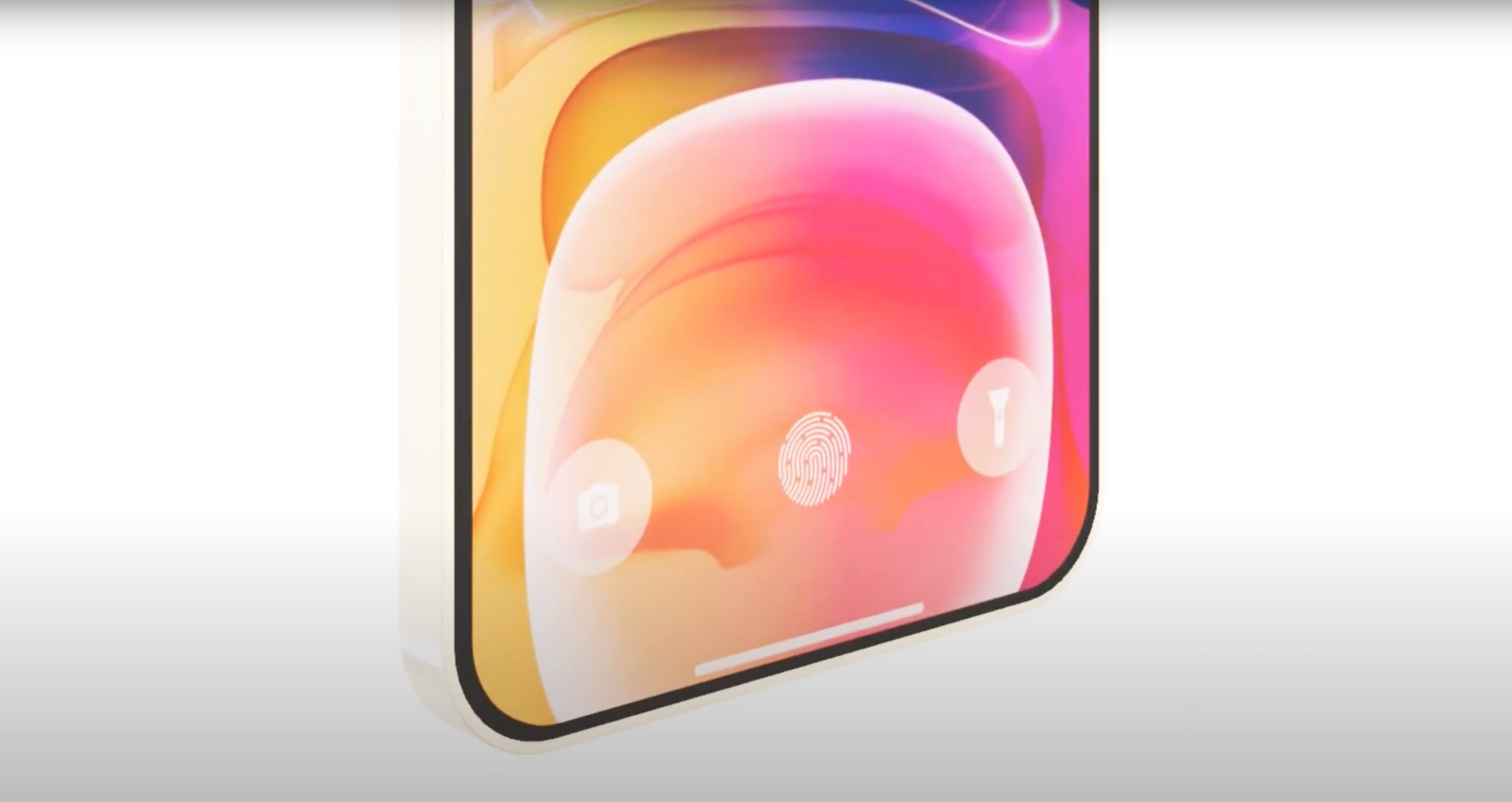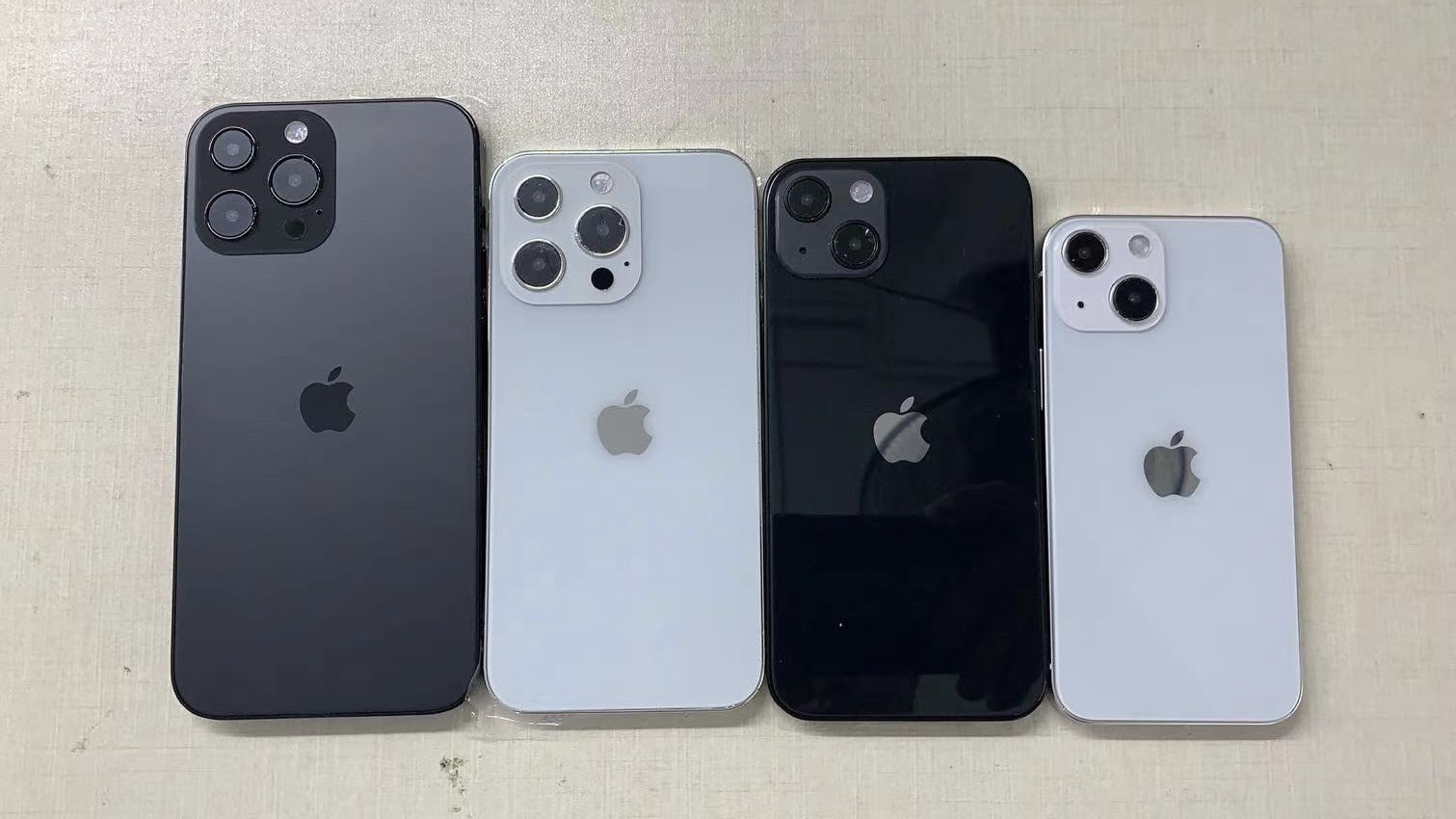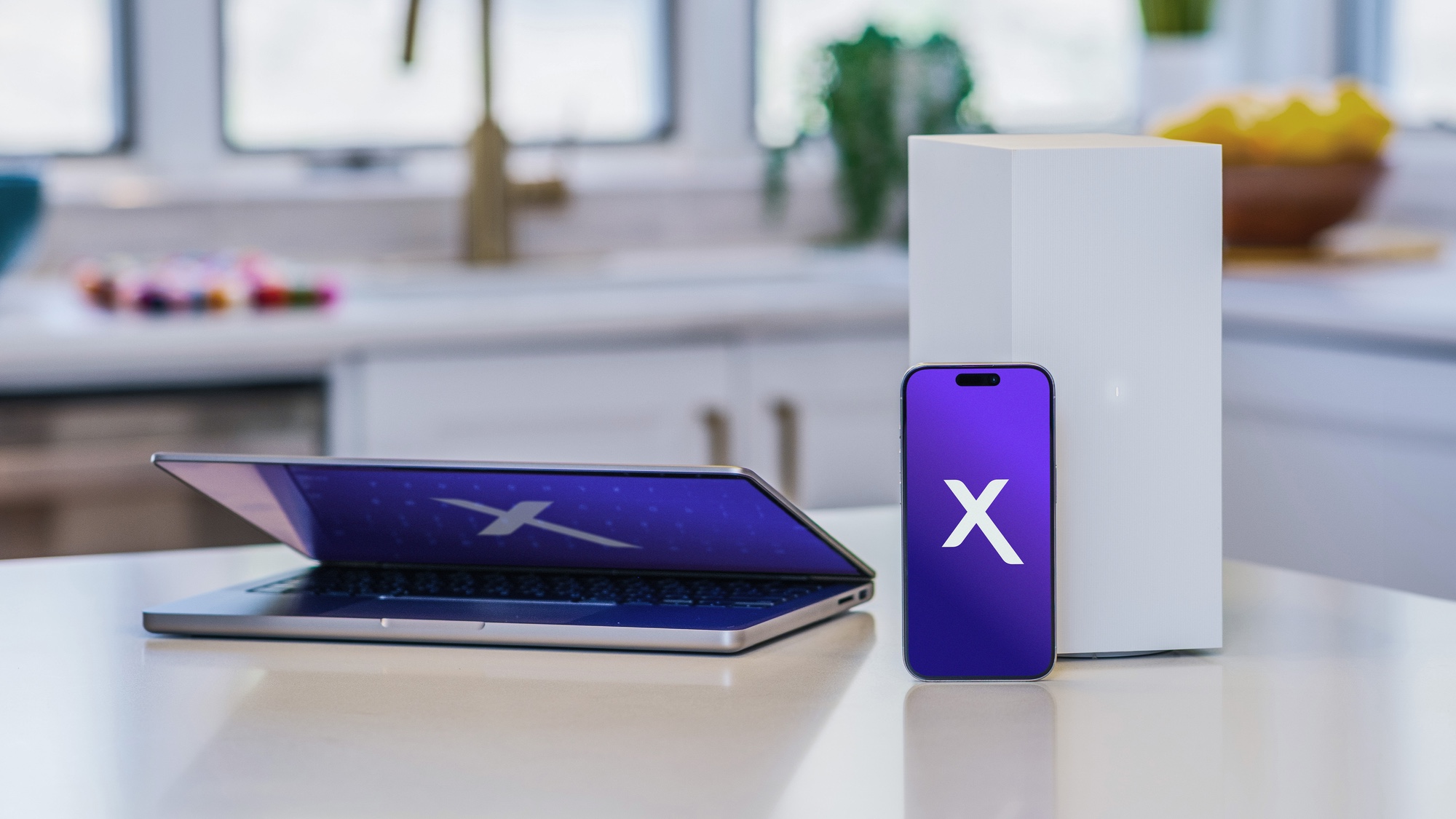The new iPhone feature I've been waiting for could finally be coming
I really want to see Touch ID make a comeback with the iPhone 13 or iPhone 14

Picture the scene: you're in a rush to work and on the way out of the house you forget your wallet. Not to worry, you have your iPhone 12 with Apple Pay, so on you go. You approach a subway turnstile and hover your iPhone over the near-field communication (NFC) spot for a contactless payment, only it doesn’t work.
That’s because Face ID won't recognize your face as you're wearing a mask because the threat of COVID-19 is still real and present. So you fumble to input in your passcode, but as you’re doing that an impatient New Yorker or Londoner barges past you causing the phone to slip from your grapes, hit the floor and smash. So you end up late for work and your unsympathetic boss is livid. Yet that somewhat exaggerated, scenario could be avoided if Apple does indeed bring Touch ID back to its iPhones.
- iPhone 13 — 5 features Apple should copy from Samsung phones
- I might actually be excited about under-display cameras, thanks to Oppo
- Plus: Foldable iPhone Flip could still be ‘2 or 3 years away’
I’ve found Face ID to be fantastically fast and reliable, especially when compared to Android equivalents. It can cope with glasses, distracting over-ear headphones, or the general mess that is my just-rolled-out-of-bed look. But it comes apart when trying to recognise my face when my mouth and nose is covered with a mask as I try to avoid a deadly virus.
So having an under-display fingerprint scanner would be a boon on the next or future iPhones, as it would mean I could unlock the handset without needing to remove my mask and risk touching my face; that’s a big no-no in these pandemic times.

The ever-churning iPhone rumor mill has the iPhone 13 tipped to get a form of under-display Touch ID, finally giving the iPhone something Android phones have had for years. A recently unearthed Apple patent lent credence to this. But then other rumors have claimed under-display Touch ID will only arrive in time for the iPhone 14.
As reported by Patently Apple, the patent describes an under-display camera integrated into iPhones for biometric authentication:
"According to Apple, an optical imaging array is positioned behind a display and is oriented to receive light transmitted through the display in a direction generally opposite that of light emitted from the display. The optical imaging array can be used by the electronic device for any suitable imaging, sensing, or data aggregation purpose including, but not limited to: ambient light sensing; proximity sensing; depth sensing; receiving structured light; optical communication; proximity sensing; biometric imaging (e.g., fingerprint imaging, iris imaging, facial recognition, and so on); and the like."
Sign up to get the BEST of Tom's Guide direct to your inbox.
Get instant access to breaking news, the hottest reviews, great deals and helpful tips.
Tom’s Guide has already discussed how waiting until 2022 to add Touch ID into the flagship iPhone isn’t ideal, as hopefully the coronavirus pandemic will have passed by then and the need for mask wearing will have abated. But having an extra biometric security option would still be appreciated.
While the security of Face ID isn’t a concern, with Apple keeping biometric data within a secure enclave on the current iPhones, I do find that having my iPhone 12 unlocked every time I simply glance at it is less desirable. All someone would need to do would be to swipe up on my phone when the lock symbol is unlocked and grab the handset, then they’d have access to my apps and data.

Granted, they’d not likely be able to cause too much chaos without having long-term access to my face, but could have enough time to send off an offensive career-ending tweet. But Touch ID would solve this, as I could simply look at notifications on my iPhone without it unlocking, a function I enjoy on my main phone, the Oppo Find X3 Pro.
It’s a small thing, but it would definitely make a next-gen iPhone more appealing to me, a predominantly Android phone user. And that would be especially so if it meant Apple could use Touch ID as a way to kill the display notch or at least make it a lot smaller.
While the folks at Cupertino aren’t likely to abandon Face ID tech, having an extra level of biometrics could act as a safety net for Apple to experiment with Face ID, such as putting cameras and sensors below the display. I’d happily trade less snappy or reliable Face ID for a notch-less Retina display, providing it had a 120Hz refresh rate, and under-display or side-mounted (like the fingerprint scanner on the iPad Air) Touch ID.
I’m still holding out hope that Apple will add Touch ID into the iPhone 13 — it would certainly make it more appealing to me. But if this doesn't happen, my hope is the adoption of Touch ID in the iPhone 14 will make for an Apple phone that’s dramatically different from the recent generations of flagship iPhones. While the iPhone 12 is good, the notch-heavy design is getting a little dull and I feel the overall iPhone aesthetic is in need of an overhaul.
Roland Moore-Colyer a Managing Editor at Tom’s Guide with a focus on news, features and opinion articles. He often writes about gaming, phones, laptops and other bits of hardware; he’s also got an interest in cars. When not at his desk Roland can be found wandering around London, often with a look of curiosity on his face.

